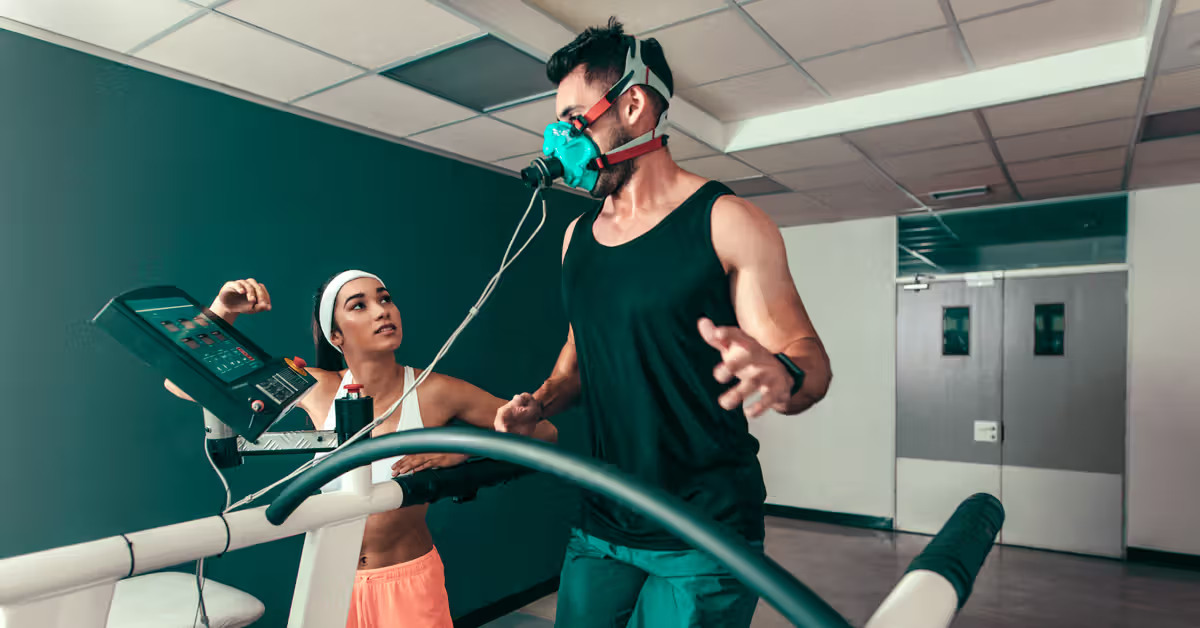Omega-3/Omega-6 Ratio Testing in Aquaculture Feed
The omega-3/omega-6 ratio testing is a critical component of ensuring optimal health and performance in aquaculture operations. Omega-3 and omega-6 fatty acids are essential for fish, providing the necessary balance to support their growth, immune function, and overall well-being. The correct ratio between these two types of fats can significantly influence fish health and productivity.
In aquaculture feed formulations, maintaining an optimal omega-3/omega-6 ratio is vital as it affects various aspects such as lipid metabolism, inflammation response, and stress tolerance in fish. Omega-3 fatty acids (e.g., EPA and DHA) are known for their anti-inflammatory properties and ability to support cardiovascular health, while omega-6 fats play a role in the structural components of cell membranes.
Testing the ratio helps aquaculture operators ensure that feed formulations meet established standards, which can lead to improved fish health outcomes. This is particularly important given increasing consumer demand for sustainable and healthy seafood products. Regulatory bodies around the world are also placing greater emphasis on the nutritional profile of feeds used in aquaculture.
At Eurolab, we offer comprehensive testing services for omega-3/omega-6 ratios using state-of-the-art analytical techniques that comply with international standards such as ISO and AOCS (American Oil Chemists' Society). Our team of experts can help you optimize your feed formulations to meet specific nutritional requirements.
Our approach begins with thorough sampling procedures, ensuring that the sample accurately represents the batch. Once collected, samples are analyzed using high-performance liquid chromatography (HPLC) and gas chromatography mass spectrometry (GC-MS), providing precise quantification of both omega-3 and omega-6 fatty acids.
The accuracy and precision of these methods allow us to provide reliable data on the ratio. This information is then used by quality managers, compliance officers, R&D engineers, and procurement teams to make informed decisions about feed formulations. By ensuring that the correct balance of fats is achieved, we support sustainable aquaculture practices while enhancing fish health.
Understanding the significance of this testing extends beyond just laboratory results; it also involves real-world application in aquaculture settings. For instance, studies have shown that a 4:1 to 6:1 ratio of omega-3 to omega-6 fatty acids promotes better growth and survival rates among farmed fish compared to diets with higher ratios.
Moreover, maintaining this balance can reduce the environmental footprint associated with aquaculture by minimizing waste and promoting efficient resource use. With ongoing research into sustainable practices in agriculture, including aquaculture, precise nutritional management becomes even more crucial.
To sum up, omega-3/omega-6 ratio testing is essential for optimizing fish nutrition in aquaculture feeds. By leveraging accurate and reliable analytical methods provided by laboratories like Eurolab, operators can achieve optimal health outcomes while adhering to regulatory requirements and industry best practices.
Why It Matters
The omega-3/omega-6 ratio testing in aquaculture feed is not merely a technical exercise; it has profound implications for both environmental sustainability and animal welfare. Ensuring the right balance of these fatty acids ensures that fish receive optimal nutrition, which translates into improved growth rates, better survival rates, reduced mortality, enhanced immune response, and overall healthier populations.
From an environmental perspective, providing balanced diets helps minimize waste and reduces the need for additional resources, contributing positively to sustainability efforts. Additionally, when fish are healthier, they contribute less to water pollution through excreted nutrients, further supporting cleaner aquatic ecosystems.
For aquaculture operators, achieving this balance translates into better business outcomes. Higher growth rates mean increased productivity, which can translate directly into higher yields and profits. Better survival rates reduce costs associated with losses due to disease or poor feed quality. Enhanced immune responses not only improve resilience against pathogens but also contribute to more robust fish stocks.
The importance of this testing cannot be overstated for several reasons:
- It supports sustainable aquaculture practices by reducing environmental impact through efficient resource use.
- It enhances animal welfare by ensuring that farmed fish receive optimal nutrition, leading to better health outcomes.
- It contributes to improved productivity and profitability for operators, who can expect higher yields and lower costs.
In summary, omega-3/omega-6 ratio testing is crucial for maintaining the balance of essential fatty acids in aquaculture feed. This balance has far-reaching benefits that extend beyond laboratory results into practical applications on farms and in ecosystems.
Eurolab Advantages
At Eurolab, our commitment to excellence in omega-3/omega-6 ratio testing is reflected in the quality of services we offer. Here are some key advantages that set us apart:
- Comprehensive Analysis: We utilize advanced analytical techniques such as HPLC and GC-MS to ensure precise quantification of both omega-3 and omega-6 fatty acids.
- International Standards Compliance: Our testing methods adhere strictly to international standards like ISO and AOCS, ensuring accuracy and reliability.
- Expertise and Experience: Our team comprises highly skilled professionals with extensive experience in aquatic nutrition research and development.
- Precision Sampling: We employ rigorous sampling protocols to ensure that each sample accurately represents the batch being tested.
- Quick Turnaround Times: Thanks to our efficient processes, we can provide timely results without compromising on quality.
- Customized Solutions: Whether you need routine testing or one-off assessments, our services are tailored to meet your specific needs.
The combination of these factors ensures that clients receive accurate and actionable insights into their feed formulations. By partnering with Eurolab for omega-3/omega-6 ratio testing, aquaculture operators can make informed decisions about feed formulations that optimize fish health while meeting regulatory requirements.
International Acceptance and Recognition
- American Oil Chemists' Society (AOCS): Our methods have been validated by AOCS, ensuring they align with global standards for lipid analysis.
- European Committee for Standardization: Compliance with EN standards guarantees that our results are recognized across Europe.
- International Organization for Standardization (ISO): ISO certifications ensure our procedures meet the highest international quality assurance benchmarks.
By adhering to these stringent standards, Eurolab ensures that its tests are accepted worldwide and comply with regulatory requirements in various countries. This global recognition enhances trust among industry stakeholders and supports seamless operations across borders.





